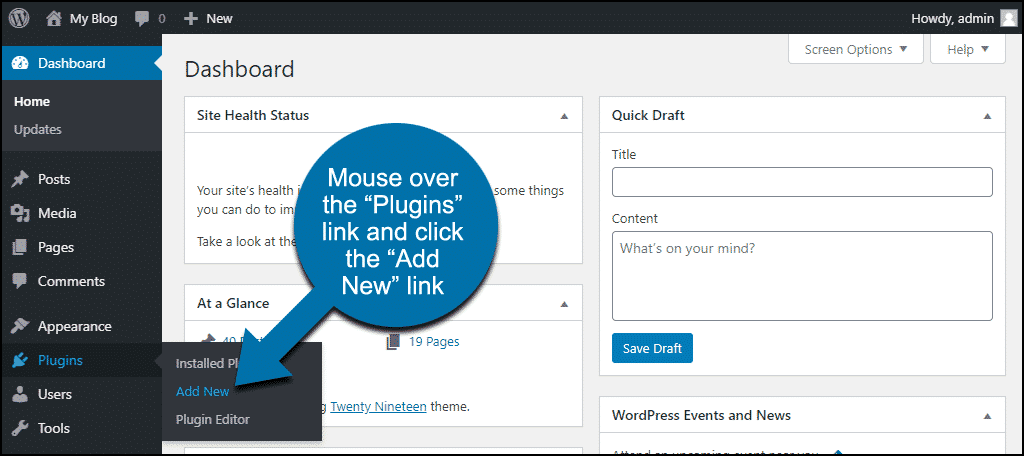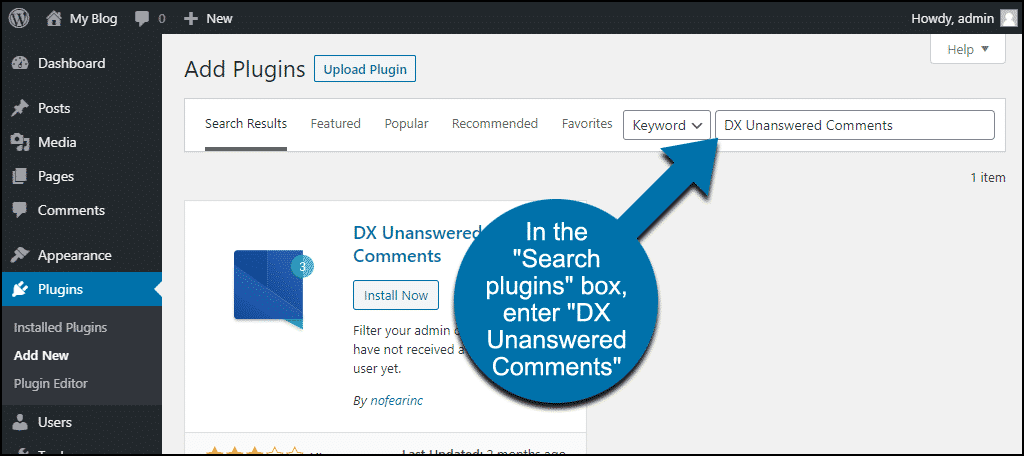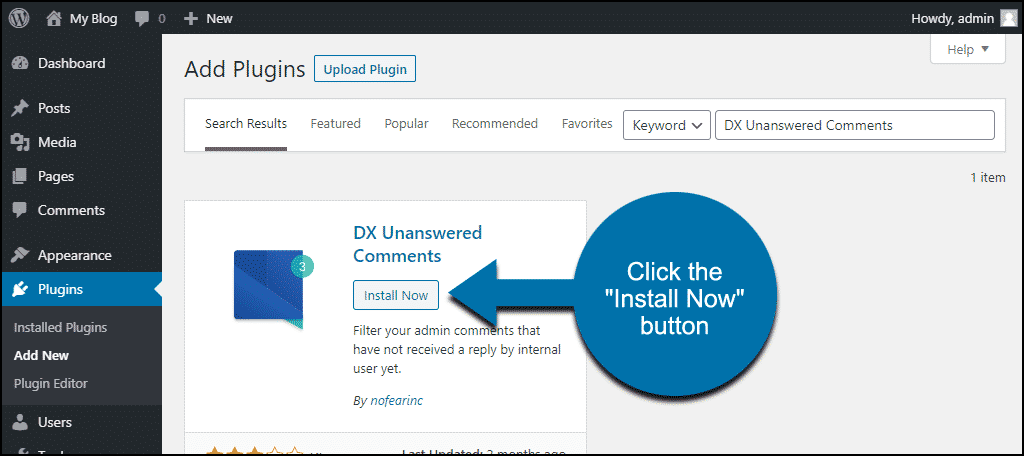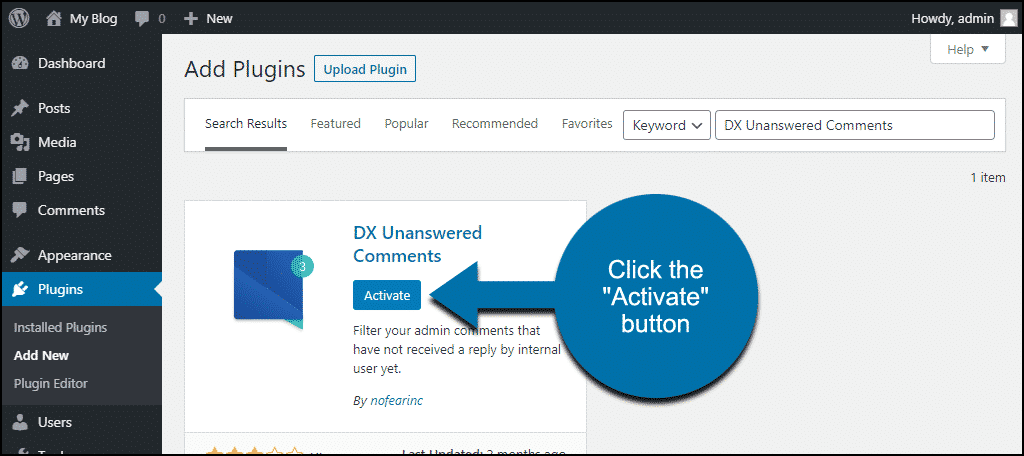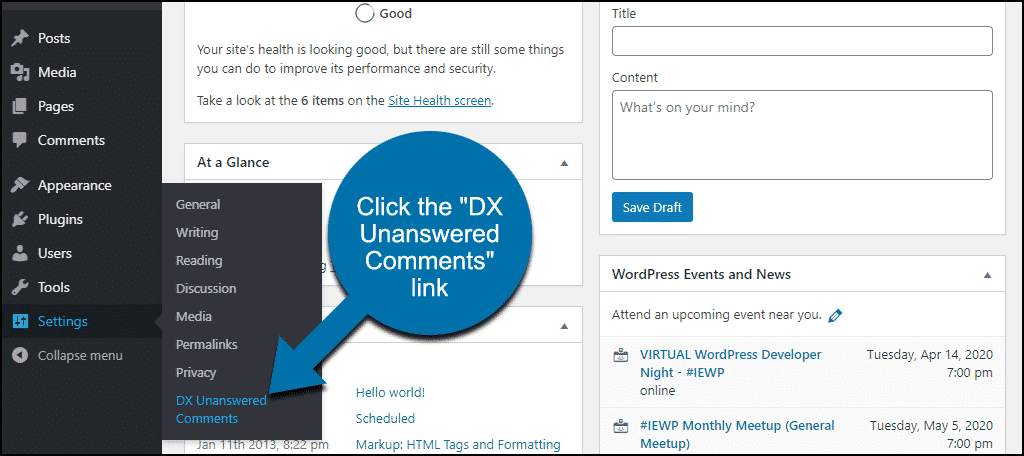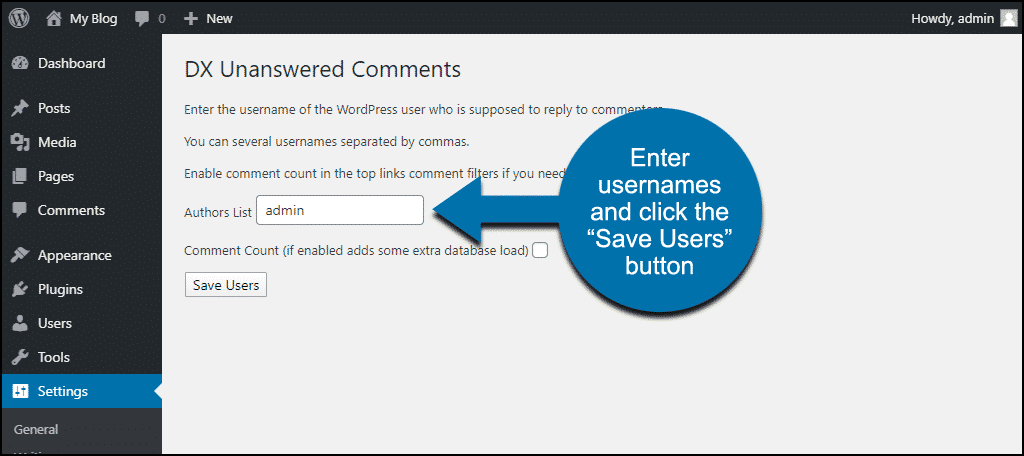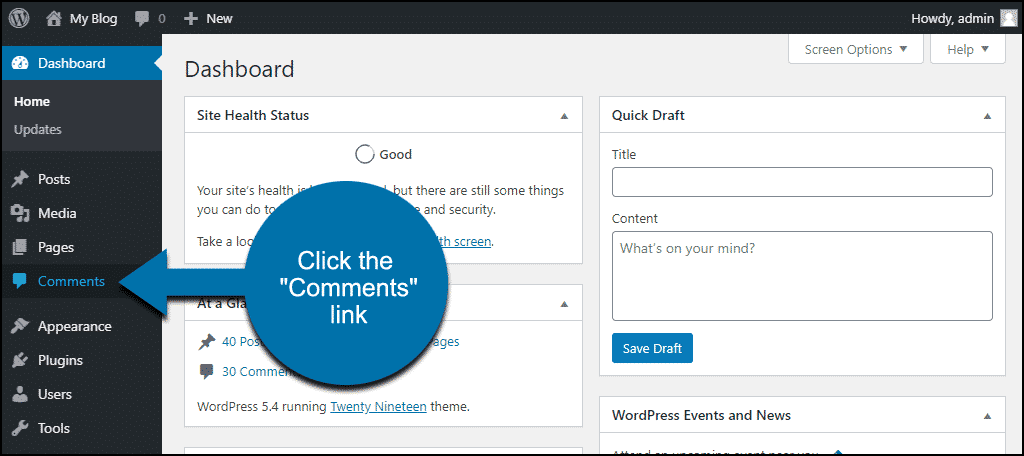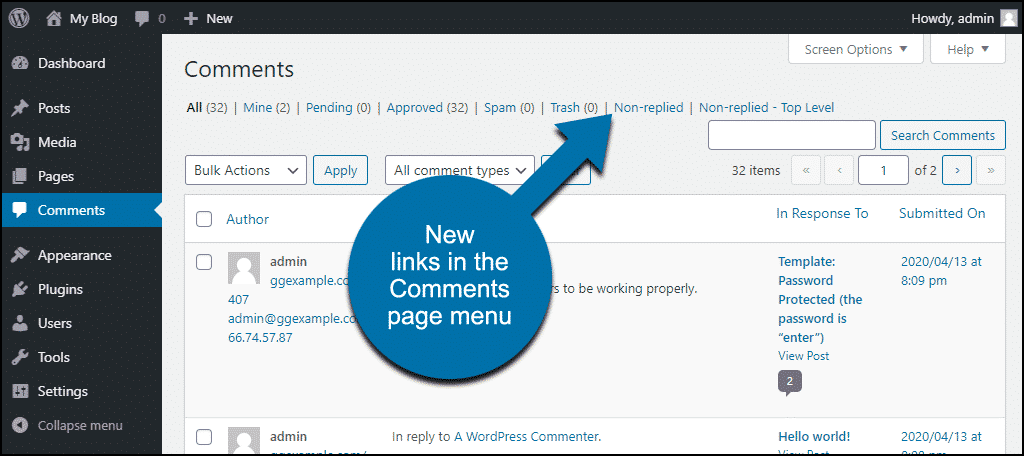Many forms of social media have become integrated into our everyday lives. If you’re like most of us, you keep up with your friends using Facebook, Twitter, Instagram, and other social apps. A lot of our online conversations are certainly taking place on those social media sites.
But don’t ignore comments left by visitors to your blog or website. Those comments remain one of the richest and most potent forms of user engagement available anywhere. The more fully you engage your audience, the more they will respond and stay interested.
Unfortunately, the more they respond, the more likely it becomes that a few comments could slip through the cracks. Perhaps you read a comment and meant to reply at a later time. Or maybe you’ve decided to start responding to comments when you haven’t in the past.
Whatever your motivation, replying to comments is a good practice. When someone takes the time to comment on something you’ve written, replying shows that you respect their effort. When other readers see that you respond to comments, they’ll be more likely to leave comments themselves.
If you want to encourage dialogue on your website, don’t let your comments go unanswered! Let’s look at how we can filter unanswered comments in WordPress, so we don’t miss any responses.
There isn’t a function built into WordPress, so we’ll use the DX Unanswered Comments plugin.
But First, This Caveat
Before you say, “Hey, that plugin only has three stars, and hardly anyone has installed it!” I know, I know. But I’ve guinea-pigged it for you, and it works. In any event, it’s the only WordPress plugin that does what we want it to do. There were two or three others, but they appear to be abandoned.
So with that in mind, let’s carry on.
Installing the DX Unanswered Comments Plugin
Log in to your WordPress admin panel.
In the left column navigation, mouse over the “Plugins” link and click the “Add New” link.
In the “Search plugins…” box, enter, “DX Unanswered Comments.”
Once you have located the plugin, click the “Install Now” button.
Finally, click the “Activate” button.
Configuring DX Unanswered Comments
In the left column navigation, mouse over the “Settings” link and click the “DX Unanswered Comments” link.
In the “Authors List” field, enter the usernames for the users you want to be able to filter unanswered comments. Only the users listed here will be able to use the plugin.
Since I’m the only user for this demo blog, I’ll leave “admin” as the single entry in the field.
As you probably know, good WordPress security includes getting rid of or renaming the “admin” user. For tutorials, I leave the admin user in place. But on my live blogs, there’s no user named admin.
Click the “Save Users” button.
In the left column navigation, click the “Comments” link.
Now in the menu above the comments list, you’ll see two new links, “Non-replied,” and “Non-replied – Top Level.”
If you look at the first two comments listed above, you can see that they are replies that I’ve posted. But when I click the “Non-replied” link, only comments with no response are listed.
The “Non-replied – Top Level” option shows only the first comments on a post.
“Non-replied” shows all comments. So nested replies are included, along with the first comments on a post.
I’m not sure why you would only want to reply to “top-level” comments. To me, it seems like that kind of defeats the purpose of responding. But the option is there if you have a use for it.
What Happens if You Uninstall the DX Unanswered Comments Plugin
If you uninstall the plugin, there’s no adverse effect on any comments. You’ll just lose the “Non-replied,” and “Non-replied – Top Level” links on the comments page.
To learn more about comment management, read our tutorial, How to Manage Comments in WordPress. It’s full of great information and tips.
Why Not Use a Plugin That Completely Replaces the WordPress Comment System?
Replacing the default WordPress comment system is a viable option for sites with active commenters. You can get a lot of features and user incentives with a commenting plugin. But one thing you can’t get? An unanswered comment system like we’ve discussed here.
Most decent comment plugins also come at a financial cost. Though the cost can be minimal. For a thriving comment ecosystem, though, it’s probably a good investment. By the way, if you know of a commenting plugin that does have an unanswered comment system, let me know. I’ll mention it here.
Not All Comments Are Positive (and We Shouldn’t Expect Them to Be)
A lot of blogs and news websites have disabled commenting. That’s understandable. The comment section of some kinds of articles can be contentious, to put it mildly. Even if the subject of the article isn’t polarizing, some readers and commenters can still find reasons to argue.
While completely removing the ability to comment solves that problem, it also eliminates the possibility of conversation. To me, that’s not a trade-off worth making. I know I’ve learned a thing or two from commenters. Especially those who disagree with me. They can provoke you into a new way of looking at something, and that’s almost always a good thing.
Not only that, but commenters can strengthen your articles by adding or clarifying information. Many times I’ve edited articles to add or address something that was brought up in the comments. I do that on my blogs, but maybe even more so here at GreenGeeks. We routinely update and clarify tutorial information based on comments. Your commenters can also inspire ideas for new articles (or request them outright).
Comments are also content. Google sees the comments on an article as part of the page. So if one of your commenters mentions something that isn’t in your article, your article may benefit from the use of that keyword. I’ve seen that happen on my blogs. In one case, the comment section is twice as long as the article itself, and the article ranks for keywords that only appear in the comments.
Of course, comment management and posting responses take time. If the time you can spend on blog management is limited, updating articles based on comments might seem impossible. But if you can work it into your schedule, it’s time well spent. As a bonus, updating existing articles often gives them a boost in search engine rankings.
It All Depends on Your Goals
Not every blog or website needs to nurture its comments section. The subject matter may not call for it. Or you may not be interested in long conversations with your readers. There’s nothing wrong with that. You can certainly build a successful blog without comments. But if you do allow commenting, it’s good form to reply to any comments that come your way.
Look at comments as if they are compliments. Someone is taking the time to let you know how your article made them feel. Good or bad, a reaction means you’re on the right track. The least you can do is give your commenters a virtual tip of the hat and a ‘thank you.’
Do you find that engagement with your readers via comments is more substantial than on other forms of social media? Where else do you cultivate conversations with your readers? Let me know in the comments (of course!).

